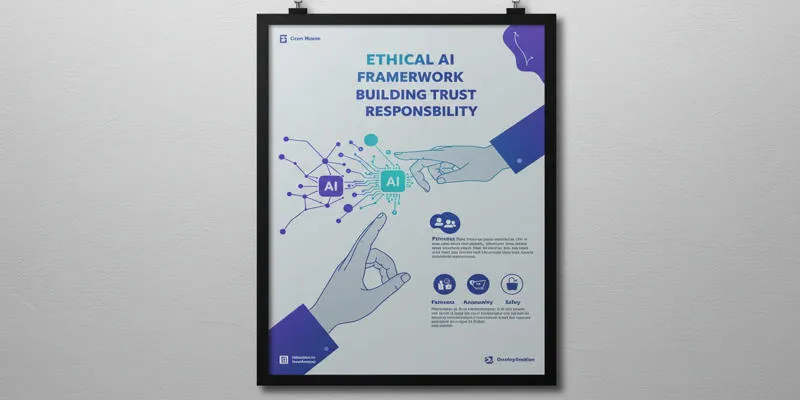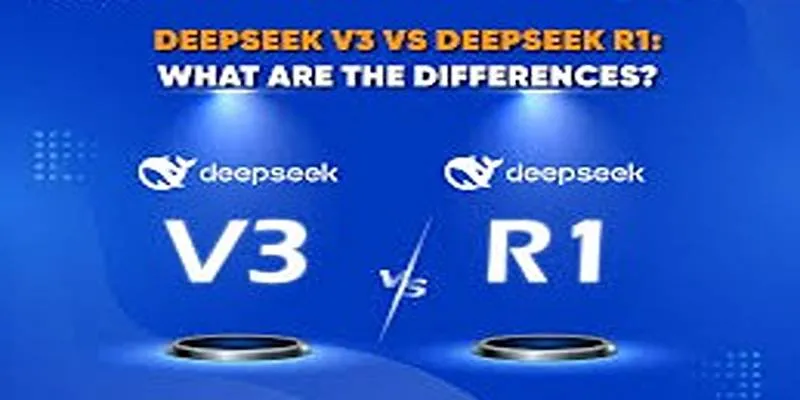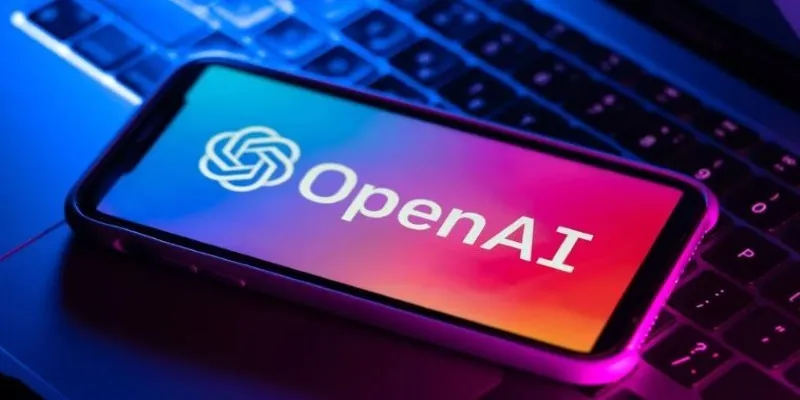Artificial Intelligence (AI) is now a ubiquitous presence in our lives—predicting shopping habits, diagnosing diseases, and even making decisions on loan approvals. However, a major concern is the lack of understanding of how AI makes these choices, leading to trust issues and hesitations. Explainable AI (XAI) aims to bridge this gap by focusing on Making AI Decisions Transparent, allowing users to comprehend the logic behind them. When technology is transparent, trust grows because people feel included, informed, and respected. As AI becomes more integrated into everyday life, understanding its decisions is not just useful—it’s essential for safety and accountability.
Why Explainable AI Matters
AI can be incredibly powerful, yet it often functions like a black box. Data goes in, an answer comes out, but the process remains hidden. This opacity is risky, especially in industries like healthcare, finance, or law. Explainable AI ensures that decisions are not only accurate but also understandable. For instance, if a medical diagnosis tool suggests a treatment, doctors need to know why. Similarly, if a bank denies a loan, the applicant deserves an explanation.
Making AI Decisions Transparent helps eliminate biases and errors that often go unnoticed in non-explainable systems. It also aids businesses in complying with legal requirements, such as the GDPR in Europe, which mandates a right to explanation when algorithms impact people’s lives.
Businesses benefit from Explainable AI internally as well. Developers and data scientists can identify issues or refine models more quickly when they understand their outputs. Ethical AI practices heavily rely on transparency to ensure fairness across gender, race, and age groups. Trust is fostered when people see clear and logical decision-making rather than mysterious answers from a machine.
How Explainable AI Works
Explainable AI employs various methods to make machine decisions more understandable for humans. Some models are designed to be transparent from the outset. Simple algorithms like decision trees or linear regression allow humans to track the exact path a decision took. However, advanced systems like deep learning models are often more challenging to decipher.

For these complex models, post-hoc explanation techniques help reveal the reasoning behind a result. Tools like LIME and SHAP are popular in this domain. LIME works by approximating a simple model around one prediction to highlight which features were most significant. SHAP assigns importance values to each factor contributing to the decision.
Visual aids are also crucial in Making AI Decisions Transparent. For example, in medical imaging, heatmaps can illustrate which parts of an image an AI model focuses on before reaching a conclusion. This allows doctors to verify whether the machine’s focus aligns with medical knowledge.
Human-friendly interfaces complete the picture. Explanations should be presented in everyday language, whether through simple graphs, color-coded dashboards, or written summaries. The goal of Explainable AI remains constant—clarity and transparency for all users.
Challenges in Explainable AI
Despite advancements, Explainable AI faces several significant challenges. One is the accuracy-interpretability trade-off. Often, the most powerful AI models—such as deep neural networks—are the hardest to interpret. Simpler models are easier to explain but may not perform as well on complex tasks. This creates a dilemma for AI designers who seek both accuracy and transparency.
Another challenge is audience diversity. The type of explanation needed varies depending on the audience. A software engineer might require technical details, while a customer may only need a plain-language summary. Creating explanations that work for diverse audiences is tricky but necessary for Making AI Decisions Transparent across industries.
Explainable AI also raises privacy concerns. Providing explanations often requires AI systems to access user data. Balancing transparency with privacy is delicate, especially in fields like healthcare or finance, where data is sensitive.
There’s also a risk of explanation fatigue. If users are inundated with too much information, they may stop paying attention or misunderstand the message. The key is finding the right balance—providing enough detail to build trust without overwhelming the user.
Finally, Explainable AI is still an evolving field. There’s no universal agreement on best practices or standards, making it challenging for organizations to adopt a one-size-fits-all approach. Different industries require different levels of explanation depending on the risks involved.
The Future of Explainable AI
The future of Explainable AI is both promising and necessary. As AI becomes more involved in decision-making across industries, people will demand more clarity. The public is becoming increasingly aware of the risks posed by black-box systems. Regulators are stepping in, and legal requirements will likely compel companies to adopt Explainable AI methods.

We may also see more AI models being designed with explainability at their core rather than relying on after-the-fact explanations. Hybrid models that balance performance and transparency are already being researched.
Technologies like natural language generation (NLG) could soon provide personalized explanations automatically. For instance, instead of just showing a graph, an AI tool might explain its decision: “This product recommendation was based on your recent browsing history and preferences for similar items.”
Explainable AI will become critical in sensitive sectors like healthcare, finance, transportation, and legal systems. It is vital for ensuring ethical practices, reducing bias, and maintaining public trust.
AI will increasingly work alongside humans, not replace them. For humans to confidently use AI tools, they must understand them. Making AI Decisions Transparent ensures that people stay in control, feel respected, and trust the technology they interact with daily.
Conclusion
Explainable AI is shaping the future of technology by prioritizing transparency in machine learning. In a world where AI significantly impacts decisions affecting people’s lives, Making AI Decisions Transparent is not optional—it’s essential. Trust grows when people understand why a system works the way it does. Explainable AI ensures fairness, reduces bias, and instills confidence in AI-powered tools. As industries embrace smarter technology, only systems that are clear, honest, and accountable will earn long-term trust. The future of AI belongs to solutions that respect human understanding and promote transparency at every level.
 zfn9
zfn9






















